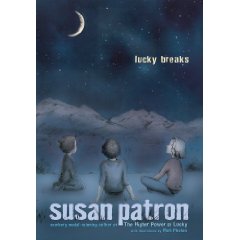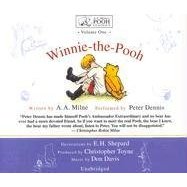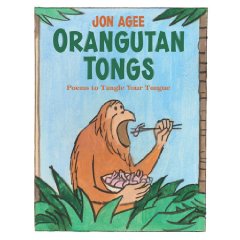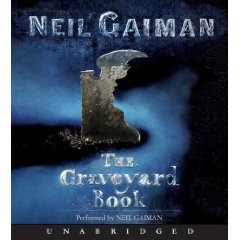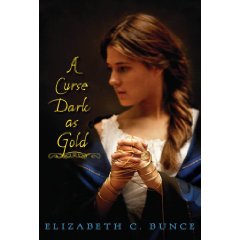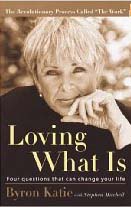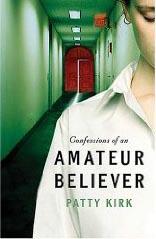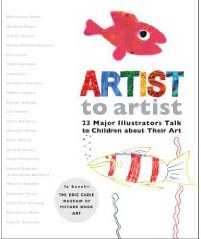Review of The Thief audiobook, by Megan Whalen Turner
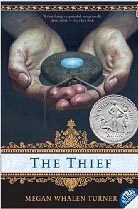
The Thief
by Megan Whalen Turner
Performed by Jeff Woodman
Recorded Books, 1997. 7 CDs, 7.25 hours.
Starred Review.
Sonderbooks Stand-out 2010: Wonderful Rereads
(My library had this book on CD, but Amazon only lists the cassette version. I recommend finding it from your library!)
This is now approximately the fifth time I’ve read The Thief, and I enjoy it more every time. Listening to it on CD was a good excuse to review it again, since I’ve already reviewed the print version as an Old Favorite.
I remembered why the book was a little hard to read aloud — Gen is a bit whiny and sarcastic at the beginning, and it’s a challenge to keep it up in your voice. Jeff Woodman rose to the challenge, and I thoroughly enjoyed listening to it.
The Thief is a book where your perspective on everything changes toward the end of the book. So it’s tremendous fun, on rereading, to see how the author planted all kinds of information all along the way, but you didn’t see any of it, because you were looking from a different viewpoint.
I really would like to see this fabulous book get checked out more often. All year, I kept suggesting it as a selection for the Homeschoolers’ Book Club. Well, May is our last meeting, so this time I didn’t suggest! I simply informed them that we’d be reading The Thief. The one who has already finished it was enthralled. I will bring the two sequels, The Queen of Attolia and The King of Attolia to the meeting so they can check them out and read on. Naturally, I am eagerly waiting to get a copy of The Queen of Attolia in audiobook form. I definitely have to read the whole series again.
I don’t want to say too much about the plot, since I don’t want to give anything away. Gen has boasted that he can steal anything, and it landed him in the king’s prison. But now the king’s Magus has gotten him out of prison to take him on a mission to steal a long-lost, ancient treasure.
The book is set in a world very similar to ancient Greece, and along the journey the travelers tell tales of their world’s gods. Technically, this book should probably be categorized as fantasy, but I put it under “historical,” because it gives such a feel of what it would have been like to live at that time, including political considerations. No one does any magic, though they do encounter the work of the gods.
I have a hard time convincing people to read this book, because I don’t want to say too much. So I end up simply raving about how clever the author is and how good the book is and begging you to try it! I think with every rereading this book goes higher on my mental list of favorites. Truly a magnificent book.
Find this review on Sonderbooks at: www.sonderbooks.com/Teens/thief_audio.html
